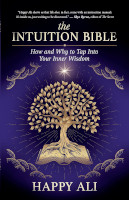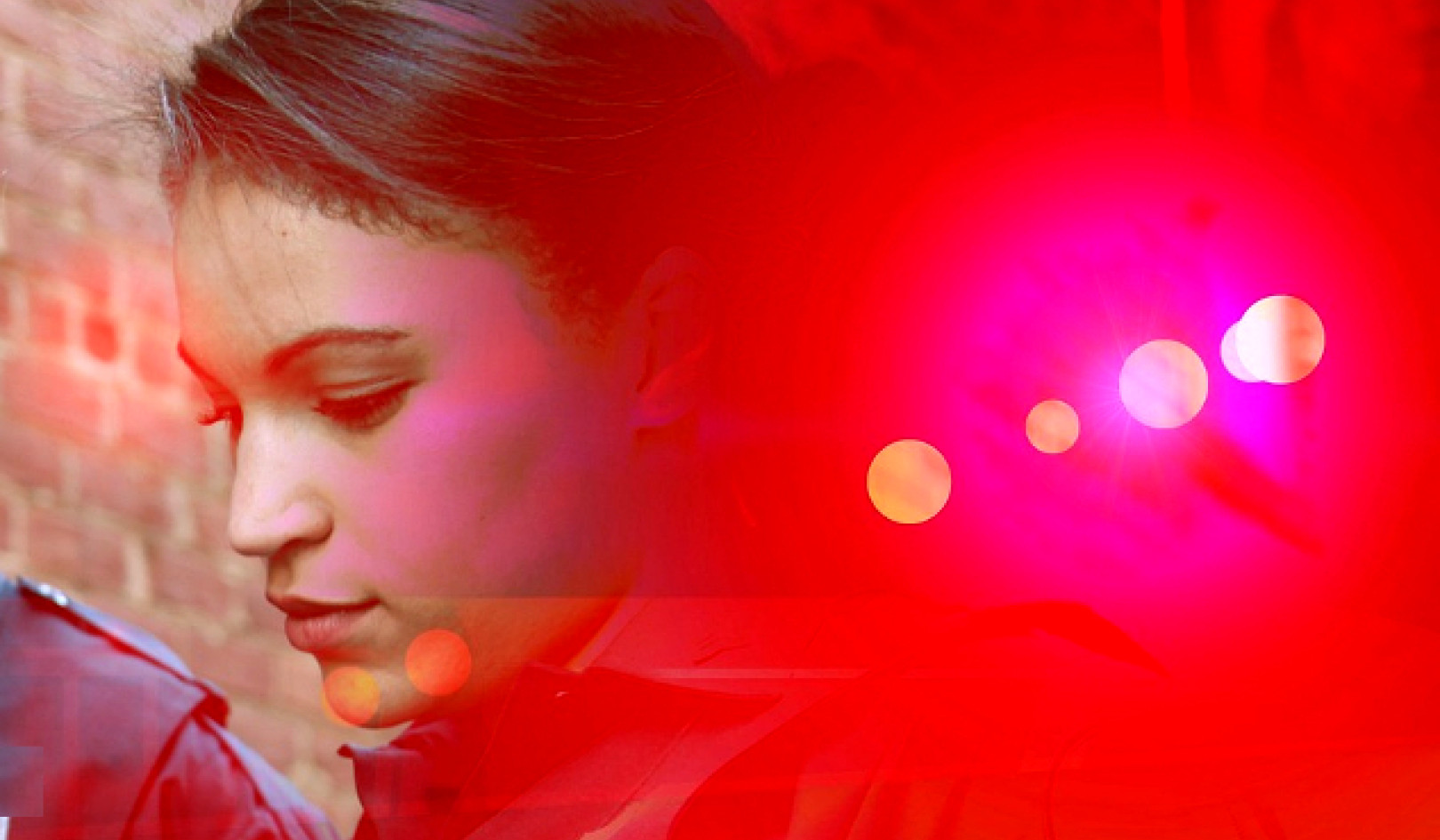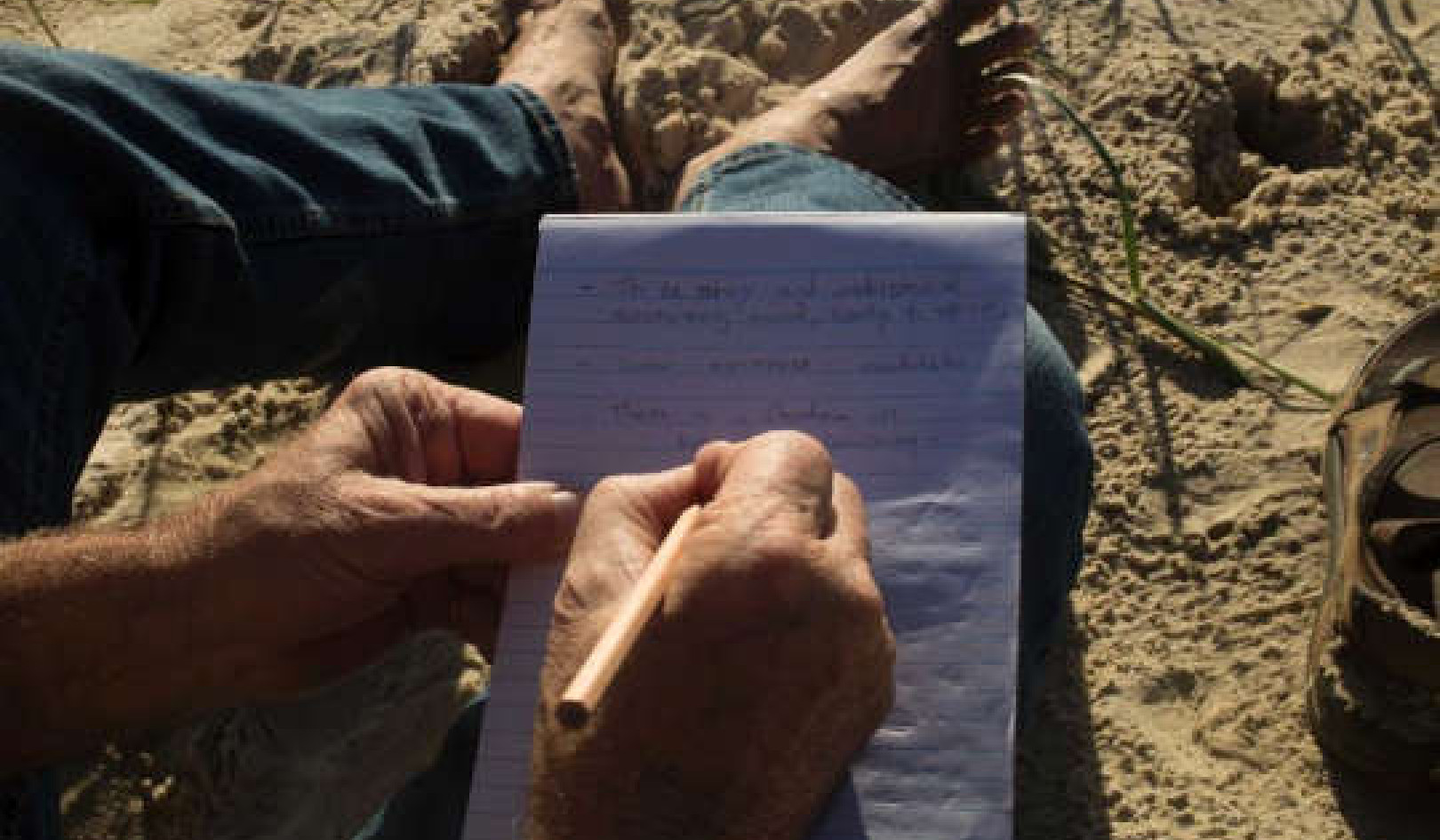In this Article:
- What is expanded awareness and how can it help quiet the mind?
- How do peripheral vision exercises lead to deeper mindfulness?
- What are the benefits of achieving an expanded awareness state?
- How can expanding your awareness improve emotional regulation?
- Step-by-step guide: How to practice expanded awareness?
Quieting the Mind Through Peripheral Vision
by Happy Ali.
If you are anything like me, you probably experience a constant stream of thoughts that makes it challenging to quiet your mind. As a type-A personality with a highly analytical mind, my thoughts never seem to stop, and it takes a lot of effort for me to break free from the endless mental chatter. That is why most of my special abilities come to me during sleep when I have zero resistance.
But being a prophetic dreamer and an unconscious seer has never fully satisfied me, nor my curiosity. I always want to take my intuition and psychic abilities to the next level. Yet my logical half acts as my “frenemy.” Although it helps with every aspect of my life much like a friend, it also blocks the flow of intuition like an enemy.
I have tried many techniques, and although I eventually find some level of successful results within each practice, the beginning requires lots of patience to push past the failed attempts. Fortunately, I have learned some new techniques that speed up the process.
Entering A Receptive State
The exercise I teach in this chapter is one of my favorites to perform before I begin learning a new technique. I used to envy people who are extremely open and not as logical as me, since they tend to need less resilience. Now I am getting better at entering a receptive state that works like magic.
I recall enrolling in a course aimed at cultivating a more heart-centered approach to life, but initially, I struggled immensely. It was as if I couldn’t get out of my own way. While everyone else in the class seemed to be having continual breakthroughs, I felt trapped, frustrated, and disheartened. With only four sessions remaining and a strong desire to make the most of my twelve-hundred-dollar investment, I came to the realization that my own expectations were hindering my progress.
I felt unsure about the next steps to take. However, everything changed during the fifth session when I decided to approach it with minimal expectations. Our instructor introduced us to a heart-opening exercise that would allow us to receive higher-frequency information.
She directed us to find a spot on the wall in front of us and fix our gaze upon it. Then she encouraged us to utilize our peripheral vision, expanding our awareness as far up toward the ceiling and down toward the ground as we possibly could. She stressed the importance of maintaining focus on the original spot while simultaneously extending our awareness to the far reaches of our visual field, both to the right and left.
We were instructed to maintain this gaze for approximately ten minutes. It didn’t take long, mere seconds after I allowed my awareness to encompass the entire room, for a sense of calm to wash over me. My incessant mental chatter began to calm, and around five minutes into the exercise, I sensed a subtle opening in my heart. I felt a newfound sense of receptivity and openness.
Before I knew it, information from an unknown inner source started flowing through me, making it difficult to contain my excitement. I eagerly awaited the finish of the exercise, so I could share my experiences with the instructor.
Same Practice? New Name
Months later, I found myself in a different class pursuing my mastery in neurolinguistic programming (NLP). One day, our teacher introduced us to a Hawaiian practice called Hakalau. Hakalau, which translates to “stare in wonder or awe,” involves intentionally expanding our peripheral vision and maintaining a soft, unfocused gaze.
Almost immediately, I recognized that this exercise bore a striking resemblance to the previous one, but with a different name. The only notable difference was that practitioners of Hakalau aimed to expand awareness without fixating on a single point.
In this new practice, we were encouraged to relax our gaze, slightly look up, and become fully aware of every single spot within our visual field. The exercise was designed to heighten our sensitivity to subtle changes in our environment.
As we engaged in the exercise for an extended period, I found it intriguing that I did not have another profound spiritual experience. It was then that I realized the significant impact of the energetic environment, intention, and specific instructions on my overall experience.
Despite these differences, both exercises allowed me to achieve the desired outcomes of our instructors. I realized that this technique was very flexible, and it created a state that allows a wider receptivity from both the inner and the outer world.
I recommend using this state to begin any exercise or meditation. It is also useful when your emotions get the best of you and you need to create a calm state.
Exercise: Enter the Expanded State
Here’s a step-by-step guide to help you cultivate an expanded state. Make sure to deepen your breath once you enter this state.
-
Find a quiet environment: Begin by finding a quiet and comfortable space where you can practice without distractions. It could be indoors or outdoors, as long as you feel at ease.
-
Relax your body: Take a few deep breaths to relax your body and release any tension. Allow your muscles to loosen up and settle into a comfortable posture, whether sitting or standing.
-
Drop your head into your heart: With a single breath, imagine your awareness dropping down from your head into your heart. With another deep breath, make a quiet statement of appreciation for yourself, your immediate world, and the world at large. Imagine thinking and feeling from your heart’s unconditional love perspective. Spend a few moments in this state and let go of any residual thought.
-
Soften your gaze: Soften your focus and gently relax your eyes. Instead of fixating on a single point, let your gaze become diffuse and encompassing. Allow your vision to be soft and receptive.
-
Expand your peripheral vision: Begin to consciously expand your awareness to include all of your peripheral vision. Without moving your eyes, start to notice the objects, colors, and movements in your peripheral field.
-
Broaden your awareness: Gradually expand your awareness to include a wider area around you. Allow your attention to encompass more of your surroundings, both visually and auditorily. Tune in to the sensations in your body and any smells or textures in the environment.
-
Stay present: Remain fully present in the moment, letting go of any thoughts or distractions. Cultivate a sense of openness and receptivity to whatever arises in your awareness.
-
Practice mindful observation: Engage in mindful observation by noticing the details and subtleties of your environment. Observe without judgment, allowing the sensory information to flow through your awareness.
-
Maintain relaxation and ease: Throughout the practice, ensure that you maintain a relaxed and easeful state. Avoid straining your eyes or forcing your attention. Instead, cultivate a gentle, relaxed, and open attitude.
-
Gradually extend the practice duration: Start with shorter sessions and gradually increase the duration as you become more comfortable with the practice. Aim to integrate expanded awareness into your daily life, not just during formal practice.
Remember, developing an expanded awareness state takes practice and patience. Regularly dedicating time to this exercise can help you refine your ability to maintain peripheral vision and cultivate a broader field of awareness.
Your goal should be to switch in and out of the expanded awareness state quickly and effortlessly. Do this exercise a few times until you can just get into it without effort.
Copyright © 2024 by Happy Ali.
Reprinted with permission
from New World Library.
Article Source
BOOK: The Intuition Bible
The Intuition Bible: How and Why to Tap Into Your Inner Wisdom
by Happy Ali. What if there is a way to tap into a well of knowledge to guide you on life’s journey? What if you could cut through the constant barrage of conflicting and overwhelming information?
What if there is a way to tap into a well of knowledge to guide you on life’s journey? What if you could cut through the constant barrage of conflicting and overwhelming information?
Author Happy Ali presents insights into the inner workings of the universe, inspiring true stories, and simple experiments. Happy shows how we can all access and find clarity amid the chaos. The Intuition Bible presents the approach he has taught thousands of seekers, which includes:
• reasons and remedies for blockages and misinterpretations
• how to understand dreams, vibrations, chakras, and energy
• a range of techniques, including simple-yet-powerful yes/no exercises, to assist in everyday decision-making and refine personal intuition
Click here for more info and/or to order this paperback book. Also available as an Audiobook and as a Kindle edition.
About the Author
 Happy Ali is the author of The Intuition Bible: How and Why to Tap Into Your Inner Wisdom. With a BA degree in psychology from UCLA, he is a prophetic dreamer, certified master NLP practitioner, certified master clinical hypnotherapist, and host of the Happy Insights podcast. You will find him online at HappyInsights.net.
Happy Ali is the author of The Intuition Bible: How and Why to Tap Into Your Inner Wisdom. With a BA degree in psychology from UCLA, he is a prophetic dreamer, certified master NLP practitioner, certified master clinical hypnotherapist, and host of the Happy Insights podcast. You will find him online at HappyInsights.net.
Article Recap:
This article delves into the concept of expanded awareness and its benefits in quieting the mind. It discusses two powerful exercises that utilize peripheral vision to foster a receptive state, facilitating a profound sense of calm and focus. The piece highlights the flexibility of these techniques and their applicability in various emotional and cognitive contexts, offering readers practical steps to enhance mindfulness and manage daily stress.


























